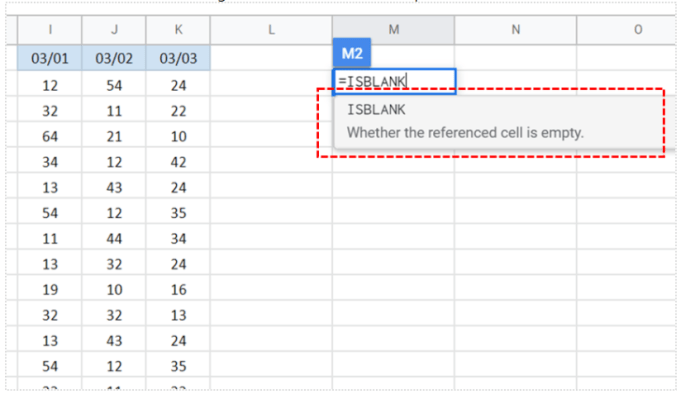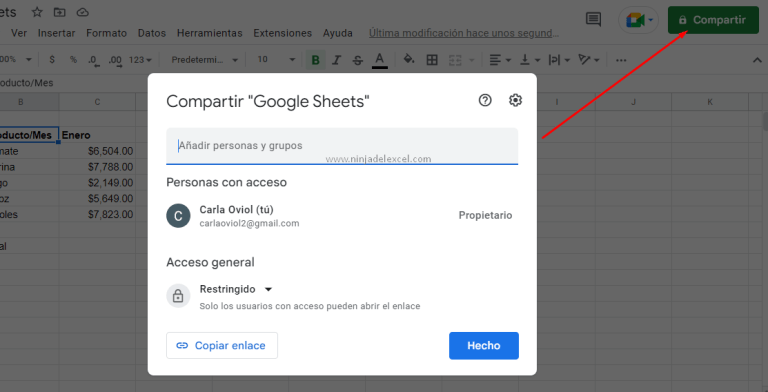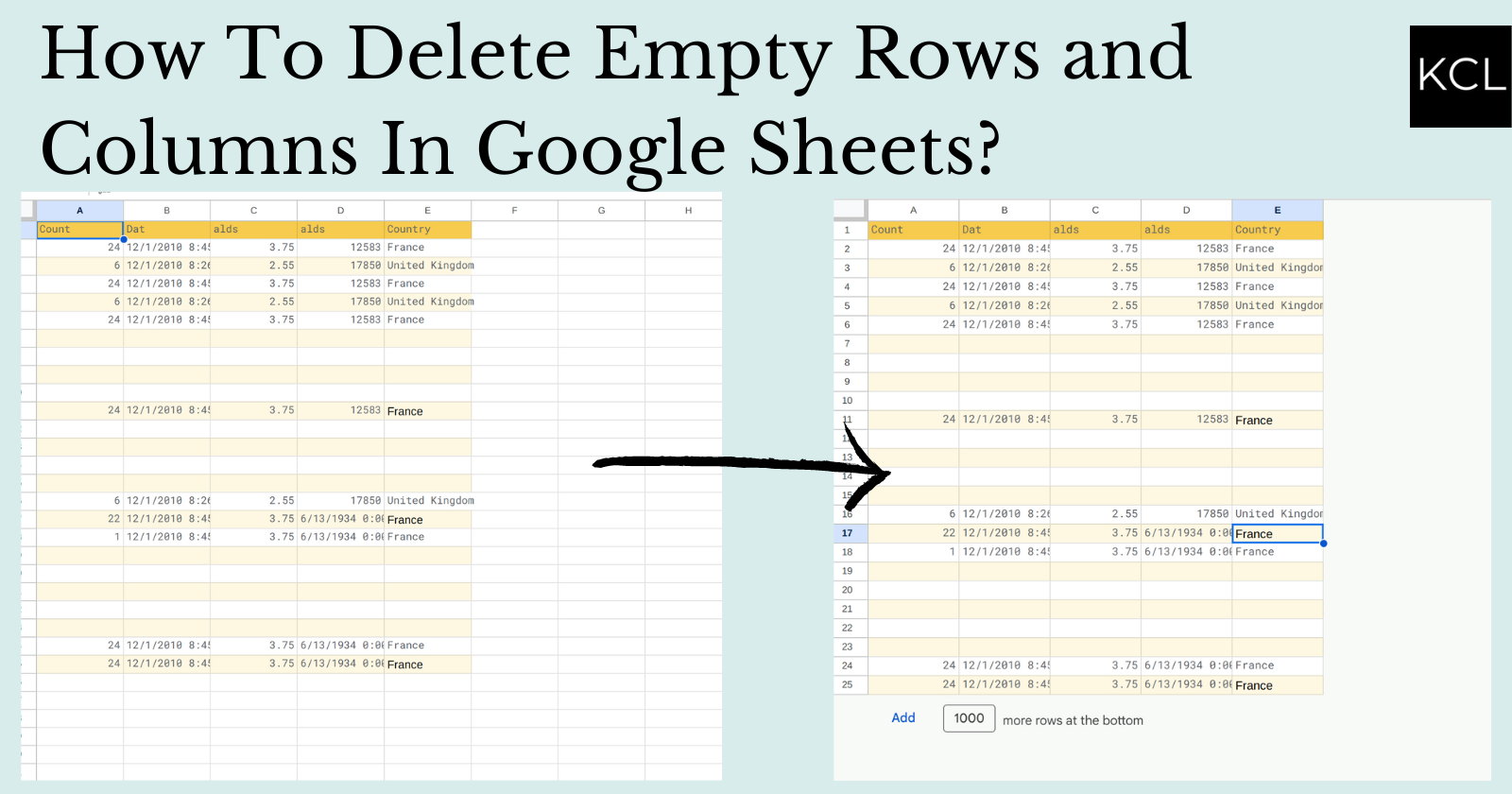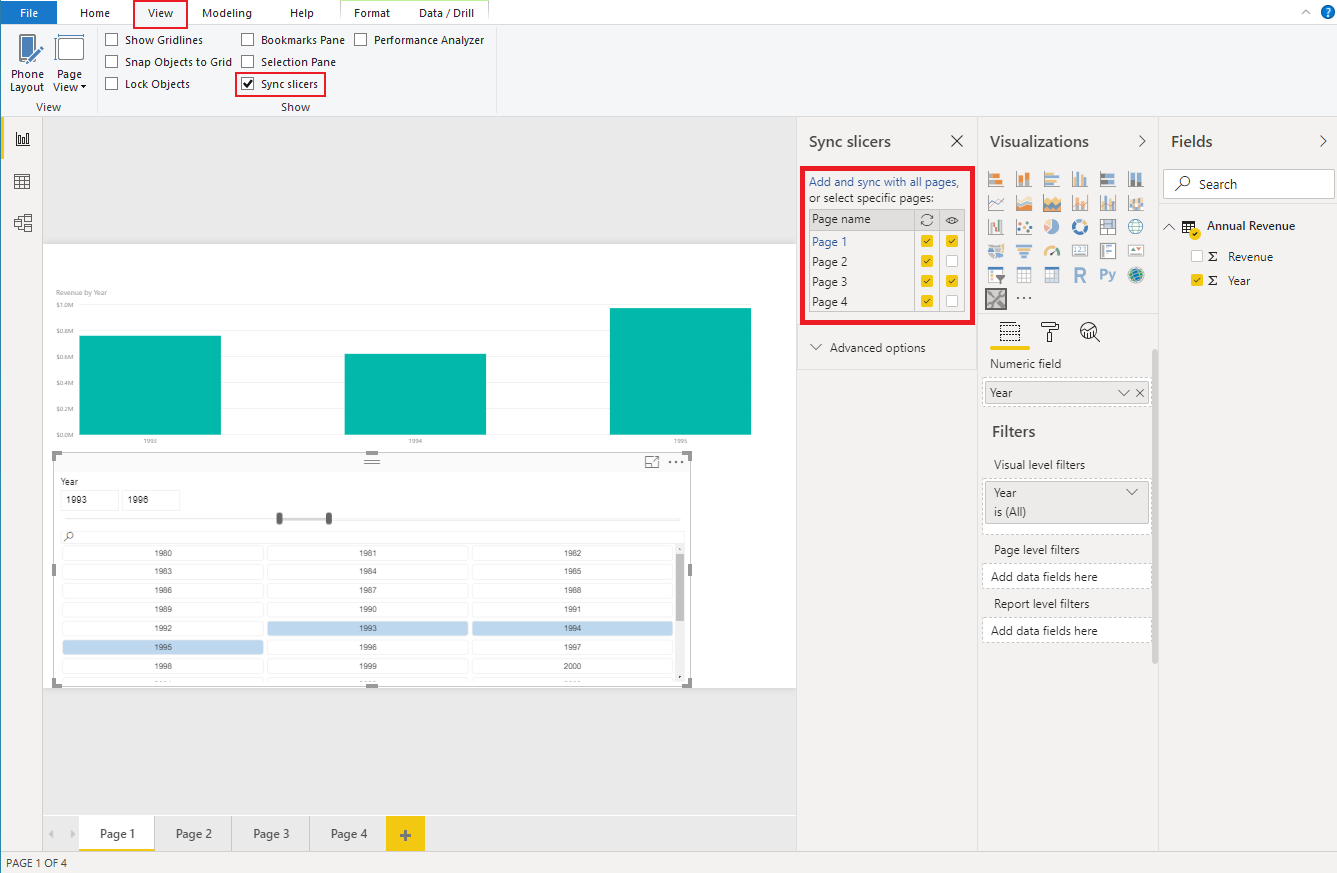Tips to Avoid Empty Sheets in Google

Google Sheets is a powerful tool for data management and analysis, offering a range of features for organizing, manipulating, and visualizing information. However, one common challenge users face is dealing with empty sheets, which can clutter your workspace and make it difficult to locate important data. In this comprehensive guide, we will explore expert strategies to prevent and manage empty sheets, ensuring a clean and efficient Google Sheets environment.
Understanding the Problem of Empty Sheets

Empty sheets are a common occurrence in Google Sheets, especially when working on large datasets or collaborating with multiple users. These blank sheets can accumulate over time, making it challenging to navigate and locate relevant information. Here are some common scenarios that lead to empty sheets:
- Inadvertent creation: Users may unintentionally create new sheets while experimenting with formulas or exploring data.
- Data manipulation: During data analysis, temporary sheets might be created for specific calculations or visualizations, which are later forgotten.
- Collaborative work: When multiple users work on a single spreadsheet, empty sheets can arise from different working methods or incomplete tasks.
- Efficient workspace management: To maintain a tidy workspace, it's crucial to regularly audit and remove unnecessary sheets.
Best Practices for Preventing Empty Sheets

Preventing empty sheets is essential for maintaining a well-organized Google Sheets environment. Here are some expert tips to help you avoid creating unnecessary sheets:
1. Plan and Structure Your Sheets
Before diving into data analysis, take a moment to plan and structure your sheets. Consider the following best practices:
- Define clear sheet names: Assign meaningful names to your sheets, indicating their purpose or content. This helps in quick identification and reduces the likelihood of creating duplicate or unnecessary sheets.
- Use descriptive sheet tabs: Avoid generic names like "Sheet1" or "Sheet2." Instead, opt for descriptive tabs like "Raw Data," "Processed Data," or "Charts" to provide context and improve navigation.
- Organize sheets logically: Group related sheets together and order them in a logical sequence. This makes it easier to find and work with specific datasets.
2. Utilize Color Coding and Formatting
Color coding and formatting can greatly enhance the visual appeal and organization of your sheets. Here’s how you can use these techniques to prevent empty sheets:
- Color-code sheet tabs: Assign unique colors to different types of sheets, such as blue for raw data, green for processed data, and yellow for charts. This visual cue makes it easier to identify and navigate between sheets.
- Format sheet headers: Create a consistent formatting style for sheet headers, including font size, color, and alignment. This ensures that important information stands out and reduces the need for additional sheets.
- Use conditional formatting: Apply conditional formatting to highlight specific cells or ranges based on criteria. This helps in quickly identifying relevant data without the need for additional sheets.
3. Implement Efficient Data Management
Efficient data management practices can significantly reduce the occurrence of empty sheets. Consider the following strategies:
- Delete unnecessary data: Regularly review your sheets and delete any irrelevant or outdated data. This not only keeps your sheets tidy but also improves performance and reduces the chances of creating empty sheets.
- Use formulas and functions: Leverage Google Sheets' powerful formulas and functions to manipulate and analyze data within a single sheet. This avoids the need to create temporary sheets for calculations.
- Utilize filters and sorting: Apply filters and sorting options to quickly locate and work with specific data subsets. This eliminates the need for separate sheets dedicated to specific data views.
Managing Existing Empty Sheets
Despite your best efforts, empty sheets may still appear in your Google Sheets. Here’s how you can efficiently manage and remove them:
1. Regularly Audit Your Sheets
Conduct periodic audits of your sheets to identify and remove empty sheets. Follow these steps:
- Open your Google Sheets document.
- Click on the "View" menu and select "Show sheet tabs."
- Scroll through the sheet tabs and identify any empty sheets.
- Right-click on the empty sheet tab and select "Delete sheet."
- Repeat this process for all empty sheets.
2. Utilize Batch Deletion
If you have multiple empty sheets, you can use the batch deletion feature to remove them efficiently. Here’s how:
- Select the first empty sheet tab.
- Hold down the "Shift" key and select the last empty sheet tab.
- Right-click on one of the selected tabs and choose "Delete sheet."
- All selected empty sheets will be deleted simultaneously.
3. Implement a Sheet Naming Convention
Establishing a sheet naming convention can help prevent the accumulation of empty sheets. Consider the following:
- Prefix sheet names: Use a consistent prefix for all sheets, such as "Data_," "Analysis_," or "Charts_." This makes it easier to identify and organize sheets, reducing the likelihood of creating duplicates.
- Suffix sheet names: Consider using suffixes to indicate the sheet's purpose or content, such as "_Raw," "_Processed," or "_Final." This provides additional context and helps in managing sheets effectively.
Advanced Strategies for Empty Sheet Prevention
For more advanced users, here are some additional strategies to prevent empty sheets and optimize your Google Sheets experience:
1. Utilize Google Sheets Add-ons
Google Sheets offers a wide range of add-ons that can enhance your productivity and prevent empty sheets. Here are a few recommended add-ons:
- SuperTable: This add-on provides a powerful table management system, allowing you to create, edit, and delete tables within your sheets. It helps in maintaining a structured and organized workspace.
- Data Cleaning Tools: This add-on offers a suite of tools for cleaning and manipulating data, including removing duplicates, filling in missing values, and standardizing data. It ensures your sheets remain clean and free of empty spaces.
- Sheet Manager: With this add-on, you can easily manage and organize your sheets, including renaming, moving, and deleting sheets in bulk. It streamlines the process of maintaining a tidy workspace.
2. Explore Google Sheets Scripts
Google Sheets scripts provide powerful automation capabilities, allowing you to customize and optimize your sheets. Here’s how you can use scripts to prevent empty sheets:
- Create a script to detect and delete empty sheets: Write a script that scans your sheets and automatically deletes any empty ones. This ensures that your workspace remains clean and organized without manual intervention.
- Implement a sheet naming script: Develop a script that enforces a specific naming convention for your sheets. This script can automatically rename sheets based on predefined rules, reducing the chances of creating duplicate or empty sheets.
3. Collaborate Effectively
When collaborating with others on Google Sheets, effective communication and organization are key to preventing empty sheets. Consider the following best practices:
- Establish clear guidelines: Communicate with your collaborators and establish guidelines for sheet naming, organization, and data management. Ensure everyone understands the importance of maintaining a tidy workspace.
- Use comment threads: Utilize comment threads within sheets to discuss and resolve issues. This helps in clarifying expectations and ensuring everyone is on the same page regarding sheet organization.
- Review and audit collaboratively: Periodically review and audit sheets together with your collaborators. This collaborative approach ensures that empty sheets are identified and removed promptly, maintaining a well-organized spreadsheet.
Conclusion

Empty sheets in Google Sheets can be a nuisance, but with the right strategies and best practices, you can effectively prevent and manage them. By planning and structuring your sheets, utilizing color coding and formatting, implementing efficient data management techniques, and exploring advanced tools like add-ons and scripts, you can maintain a clean and organized workspace. Remember to regularly audit your sheets, communicate effectively with collaborators, and embrace the power of automation to streamline your Google Sheets experience.
How often should I audit my sheets for empty sheets?
+It’s recommended to audit your sheets periodically, especially after significant data analysis or collaboration. Aim for a monthly audit to ensure your sheets remain organized and free of empty spaces.
Can I automate the process of detecting and deleting empty sheets?
+Yes, you can create a Google Sheets script that automatically detects and deletes empty sheets. This script can run periodically or be triggered manually, ensuring your sheets stay clean without manual effort.
What are some best practices for sheet naming conventions?
+Implement a consistent naming convention that includes prefixes or suffixes to indicate sheet purpose or content. For example, use “_Raw” for raw data sheets and “_Final” for completed analysis sheets. This helps in quick identification and organization.



